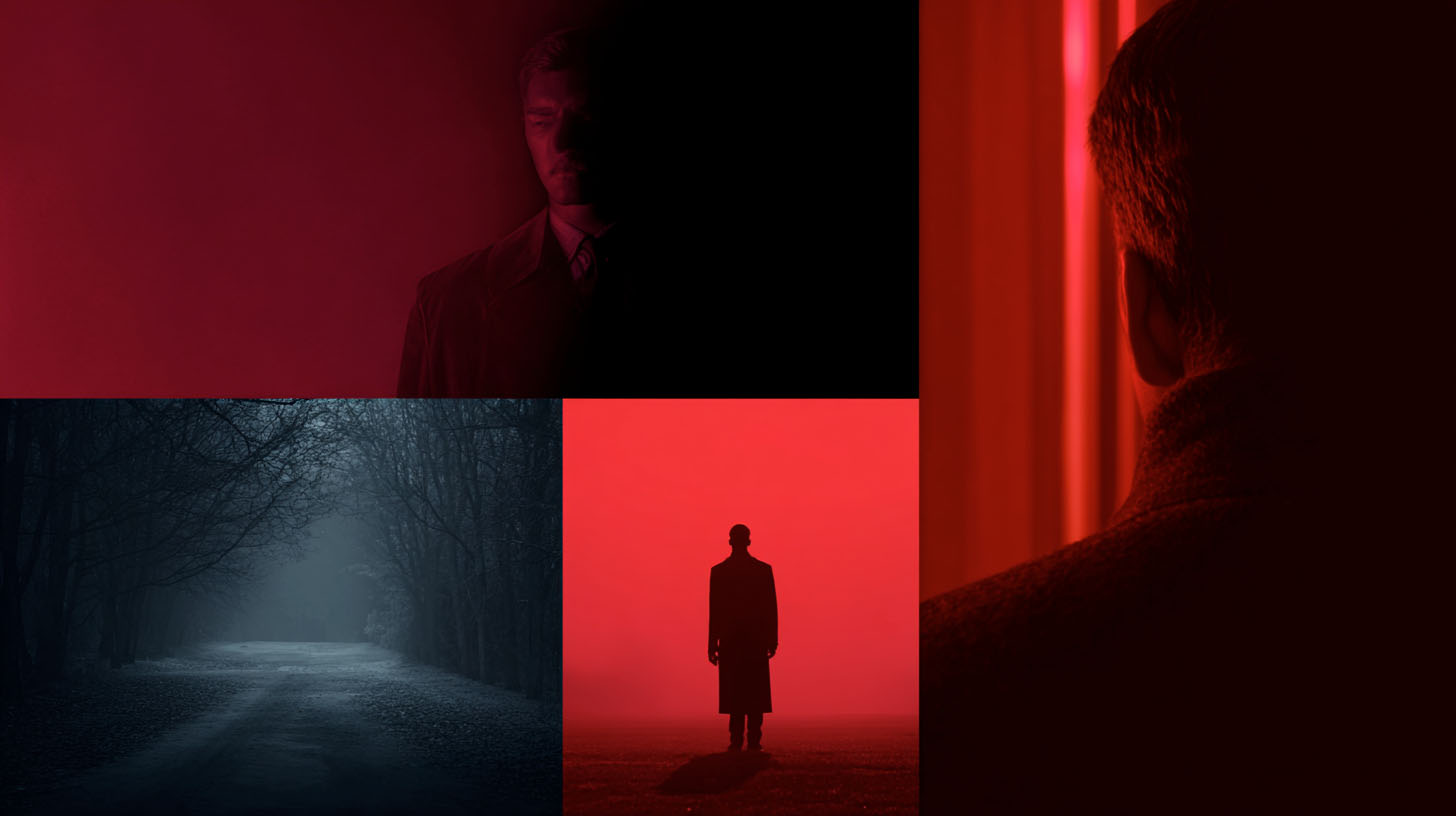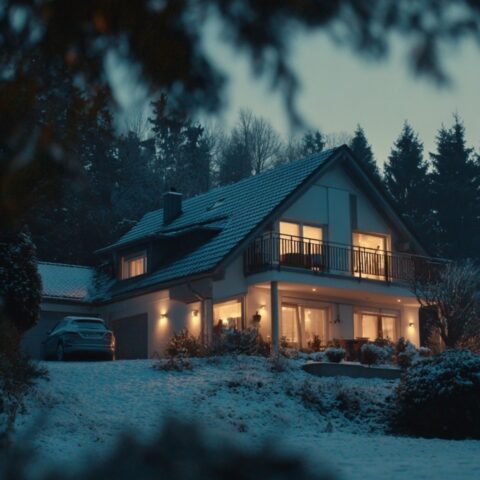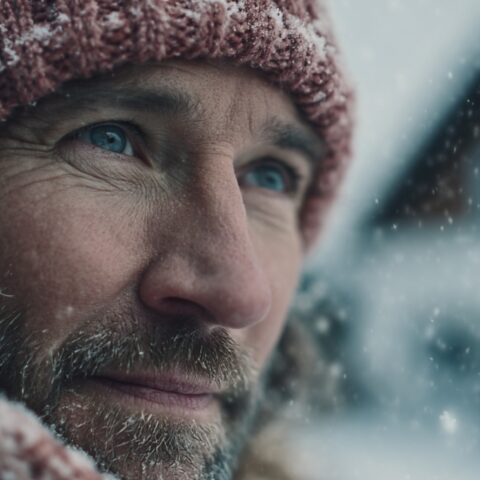Video2Video production with AI is one of the most exciting breakthroughs in modern video tech. Instead of generating videos entirely from scratch, AI systems transform existing footage into new scenes, styles, and environments—turning a simple office shoot into a futuristic city, or a routine lifestyle clip into a cinematic set-piece. For advertising and marketing, that means faster turnarounds, lower costs, and far more creative freedom.
How Video2Video AI Works
The workflow is simple in concept and powerful in practice:
- You feed an existing video into an AI system.
- The model analyzes visuals, motion, and structure.
- It outputs a transformed version—anything from a style swap (live-action → animation) to a complete environmental redesign (apartment → neon megacity).
Leading tools enable motion-aware editing and prompt-guided transformations. Runway’s latest research models (Gen-3, Aleph) explicitly support image-to-video and video-to-video editing, advanced camera controls, motion brushes, and stronger provenance standards (C2PA). Pika focuses on fast, stylized remixes for short-form content. (Runway, Pika)
Why It Matters for Advertising & Marketing
1. Lower Production Effort
A spot shot in a plain office can be re-imagined as a historic street, fantasy world, or sci-fi skyline—without travel, set builds, or large crews.
2. Cost Efficiency
Eliminating location, set construction, and heavy VFX can reduce budgets substantially. Analysts consistently flag cost efficiency as a primary driver for AI adoption in content production and marketing. (McKinsey & Company)
3. Creative Agility
Brands can A/B test multiple looks (lighting, era, art direction) in days, not weeks, and localize variants per market without reshoots.
4. Future-Ready Tooling
The ecosystem is maturing fast (Runway Gen-4/Aleph rollouts, scaling tools, watermarking/provenance initiatives), which improves reliability for commercial use. (TechCrunch, Runway)
Real-World Applications
- Product Ads: Re-skin the same hero clip as a beach scene, a sleek loft, or a stylized 3D world to match audience preferences and seasonal campaigns.
- Trailers & Social: Entertainment teams remix shots for platform-specific cuts (TikTok, YouTube, CTV), experimenting with tone and style to drive engagement.
- Brand Experiments: Marketers test bold concepts at low risk, then scale what performs best.
Coverage in the tech press expects generative video (including video-to-video) to remain a major creative and commercial trend as access broadens and fidelity improves. (TechCrunch)
Challenges & How to Navigate Them
- Rights & Compliance: Always verify you have rights to the source footage; maintain a license trail for music/VO, and consider provenance/watermarking where appropriate (e.g., C2PA, Meta Video Seal). (Runway, TechCrunch)
- Craft & Direction: Tools don’t replace storytelling. Results shine when guided by human creative direction (narrative, pacing, brand tone).
- Operational Know-How: Quality outputs require prompt craft, reference prep, and a disciplined post-production pipeline.
Comparison: Traditional Production vs. Video2Video AI
| Dimension | Traditional Film Production | Video2Video AI Production |
|---|---|---|
| Pre-Production | Script, storyboard, casting, locations, permits | Script, storyboard, reference pulls, prompt design |
| Assets | New footage shot on set/location | Existing footage transformed (style, environment, era) |
| Crew & Logistics | Larger crews, travel, set builds | Small creative/technical team; studio-based |
| Turnaround | Weeks to months | Days to weeks (scope-dependent) |
| Iteration | Costly reshoots; limited variants | Rapid A/B variants without reshoots |
| Cost Drivers | Locations, set design, gear, travel, talent | Model time/credits, post, music/VO licensing |
| Localization | Reshoot or heavy post for each market | Prompt-level changes for markets/segments |
| Compliance/Provenance | Standard release forms, rights mgmt. | Same plus AI provenance/watermarking options (C2PA, Video Seal) |
| When It Excels | Complex live action, stunts, celebrity talent | Stylized world-building, re-skins, quick iterations |
Indicative only. Specific timelines and budgets vary by scope and quality bar.
Typical Cost Patterns (Indicative)
- Short social cut (one scene, a few variants): often low four figures to mid four figures.
- Multi-scene ad with multiple markets (bespoke look, VO/music licensing, robust QC): typically mid five figures.
Organizations cite cost productivity and speed-to-market among the top reasons for adopting generative AI in marketing workflows. (McKinsey & Company)
Opportunities for German Brands
In hubs like Berlin, Video2Video lets brands prototype fast, localize at scale, and present as innovation-forward—without sacrificing narrative quality. With the toolset evolving rapidly (Runway Gen-3/Gen-4, Aleph; broader platform access; watermarking/provenance), the case for commercial adoption keeps strengthening. (Runway, TechCrunch)
Our Work at That Works Media
We specialize in AI commercials and Video2Video production:
- Creative strategy & story → moodboards, references, prompt design
- Video2Video transformation → Runway/Pika workflows, motion-aware edits
- Audio/VO & post → mix, grade, polish for social, streaming, and TV
- Compliance & delivery → rights checks, platform-ready masters, variants
Let’s turn your existing footage into something extraordinary.
Explore our AI advertising services or contact us to start your project: thatworksmedia.com
Sources & Further Reading
- Runway Research — Gen-3 Alpha (image→video, video→video; controls; C2PA). (Runway)
- Runway Research — Aleph (multi-task video generate/edit; novel views; object/style transforms). (Runway)
- Pika Labs — Idea-to-video platform (short-form, stylized remixes). (Pika)
- McKinsey — Generative AI in marketing: growth, productivity, cost advantages. (McKinsey & Company)
- TechCrunch — Market coverage of generative video tools and platform rollouts. (TechCrunch)
- TechCrunch — Meta Video Seal watermarking for AI video (provenance/compliance trend). (TechCrunch)









